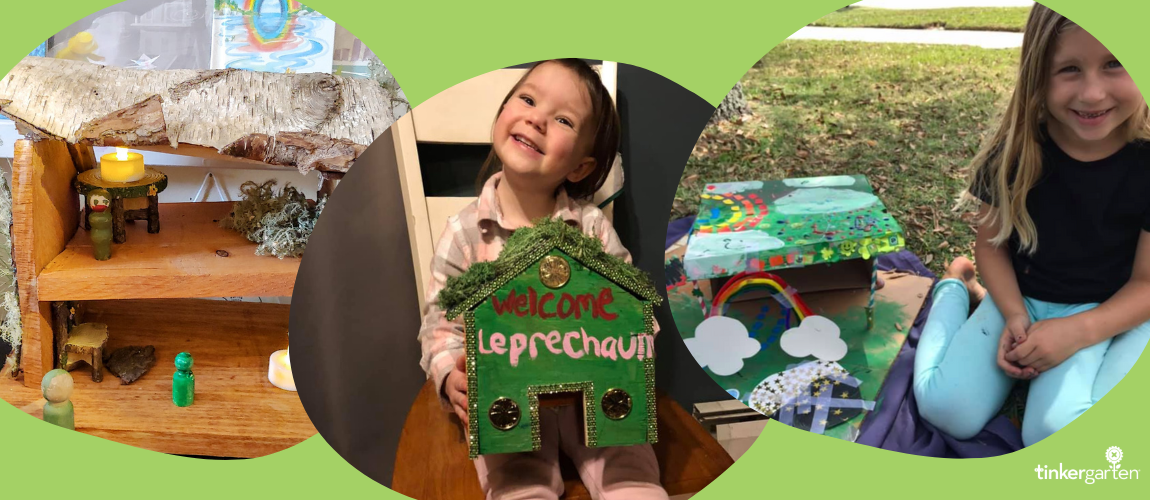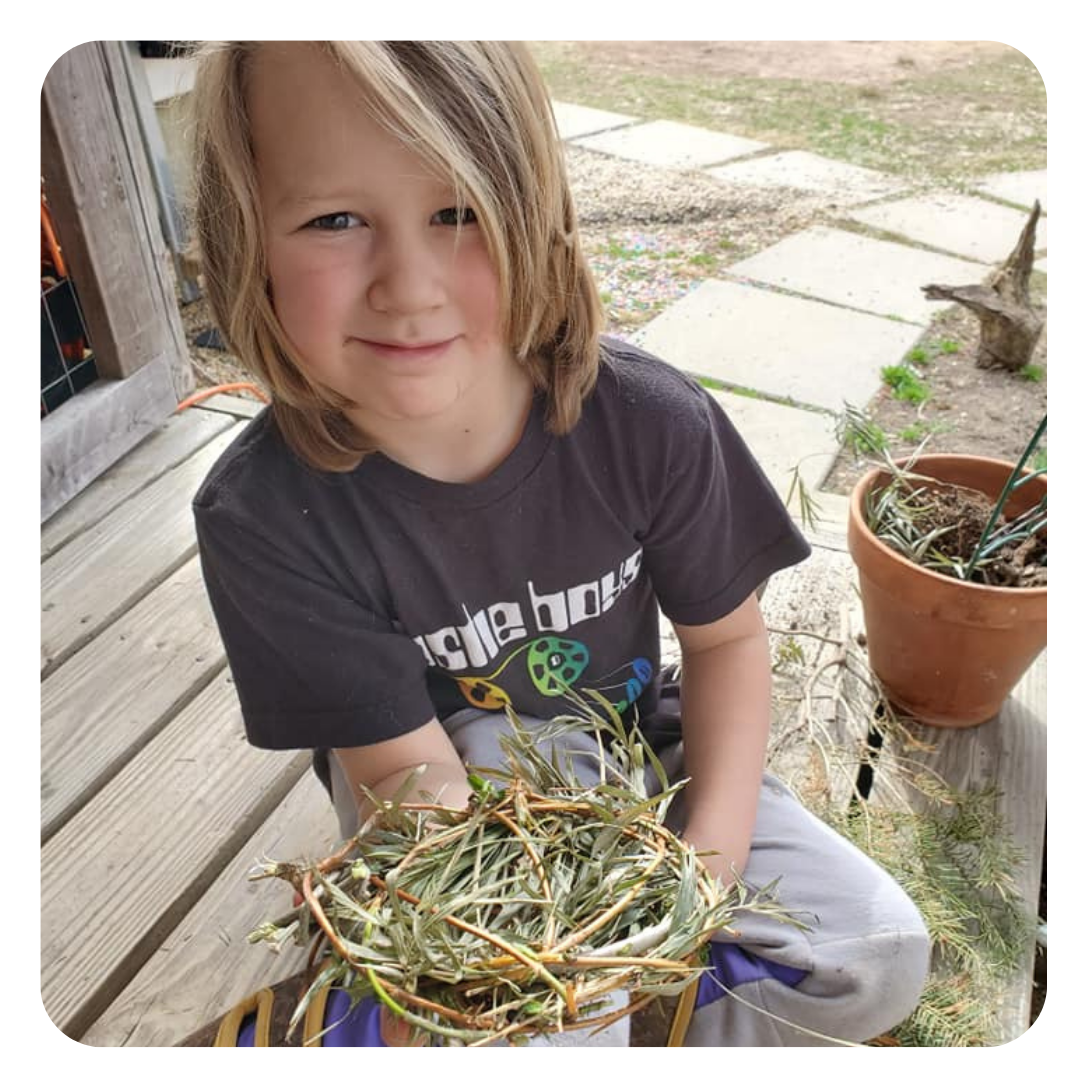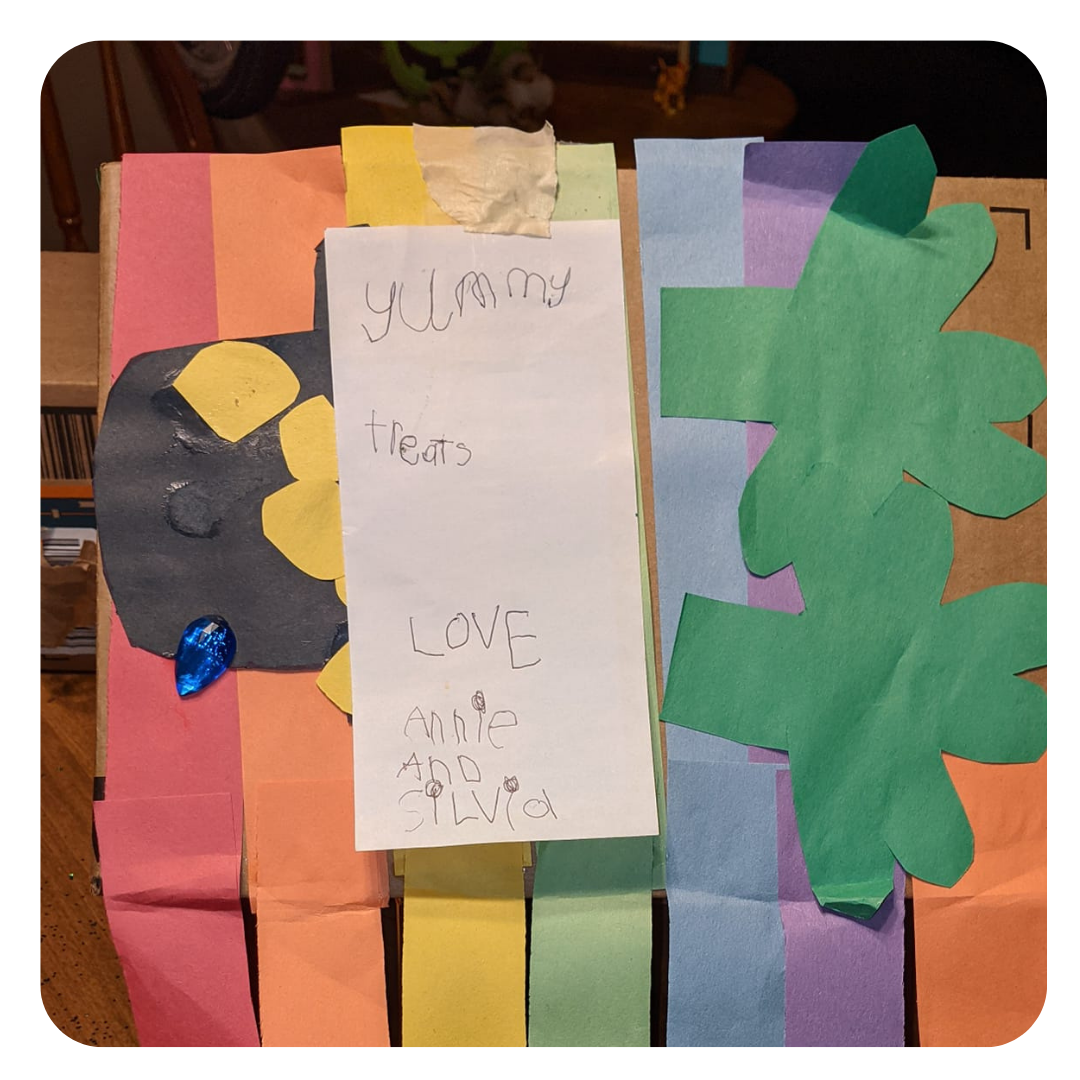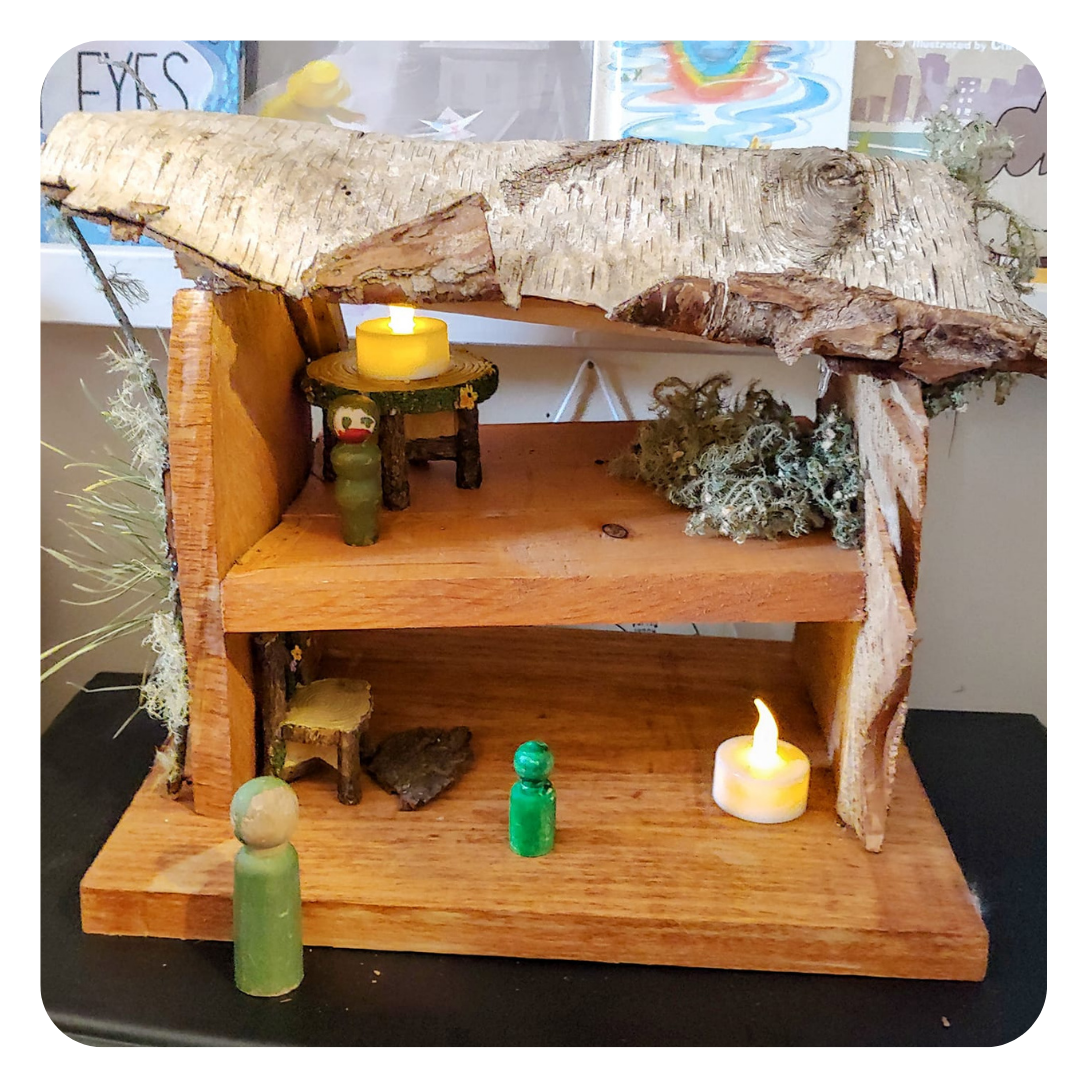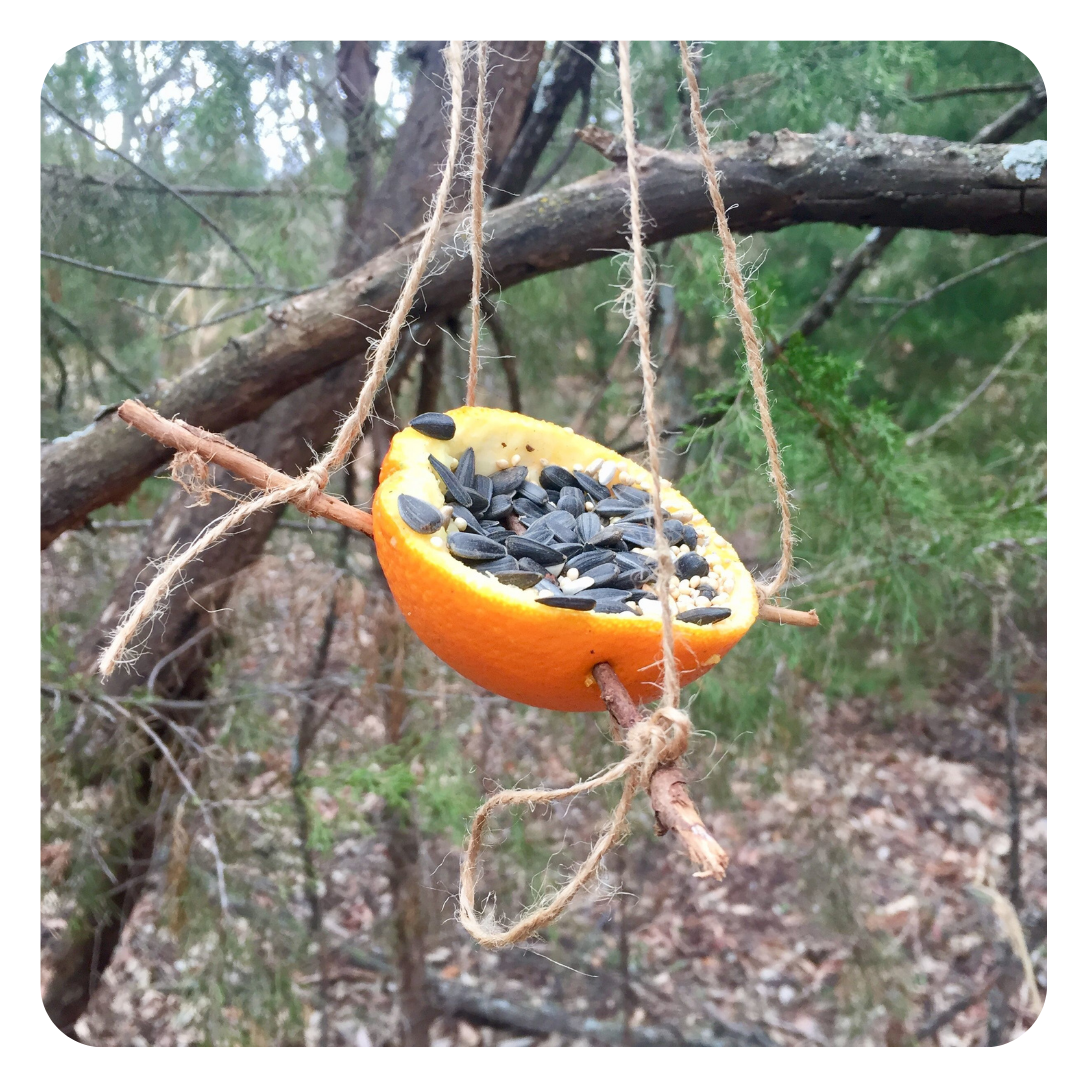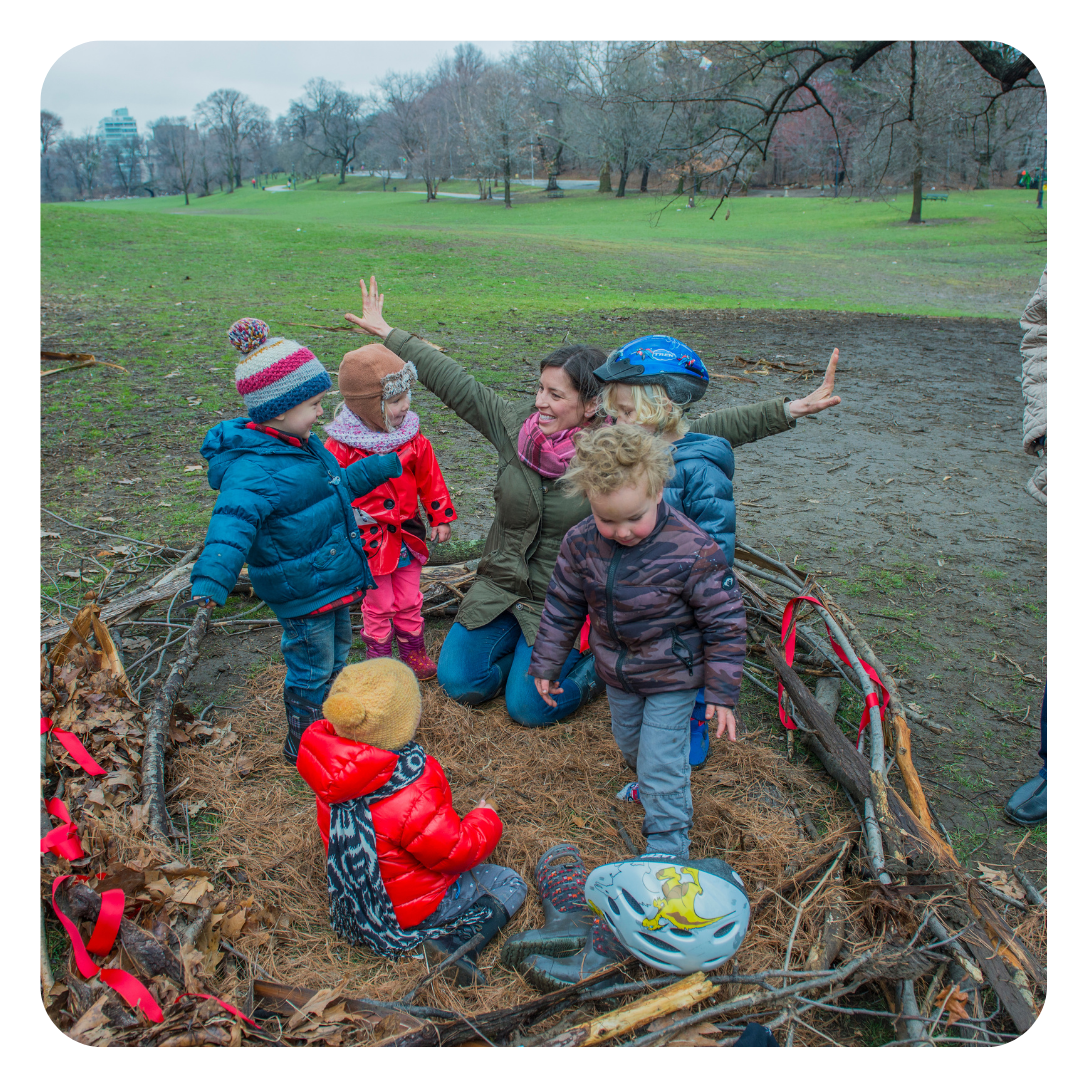A week ago, we shared a tip with our community that designing and setting a leprechaun “trap”—an activity that drove nearly half a million google searches in the past week alone—is not only fun but provides kids with natural lessons in empathy. This is because planning and creating a leprechaun trap boosts kids’ developing cognitive empathy—a fancy name for the ability to think about the needs and feelings of someone else.
When you make a leprechaun trap, you have to think about what a leprechaun would like or what they would be drawn to—thinking about the needs and feelings of someone else requires cognitive empathy. This simple question is a big task for little kids, who tend to think about the world from their own perspective.
A few suggestions were added to help families make the classic project their own. First, for families for whom magical creatures contradict their values, we encouraged them to be clear with kids that leprechauns are in stories and leave the element of fantasy out of it.
We also offered an alternative to support kids who felt like trapping felt mean. Instead of building a trap, build a leprechaun oasis! What would a leprechaun love? How could we make them feel comfortable, welcome and valued?
Much to our delight, hundreds of families took the oasis idea and ran with it. We’ve been flooded by stories of families who have never felt really inspired to “trap” but just loved to provide for a leprechaun. The stories of how kids showed love, care and so much empathy for creatures they have only imagined. Here's just a few of the stories we've heard:
“Leprechaun oasis done, complete with soft space, stickers, books to read if he wants to rest, an apple and a proposition lol. The activity definitely tapped into his empathy and inspired him to create nests for all the robins that flew into town the last couple days #tgmoments”
“My oldest decided she doesn't wish to do a trap. We decorated a box and wrote a thank you note. Left a flashlight on so they could find their way, and some chocolates to enjoy while visiting.”
“Y'all. I confess, I've never done a leprechaun trap before. But the oasis idea felt like a game changer. My kids had different ideas... I mentioned creating a spot for a leprechaun to visit, and they were off! Turns out our Tinkergarten "forest fairies" also love leprechaun play. Who was I to complain when they went straight for their forest fairy materials and played leprechauns for an hour before bringing this little setup inside instead of asking for lucky charms?”
Kids have such deep capacity for empathy, and the more we give them experiences that strengthen that natural tendency, the more they will approach the world with empathy going forward. Once you feel that goodness, it sticks with you for the long haul!
The good news? We don’t need a holiday to spark this kind of cognitive empathy in kids. Here are three more chances to spark empathy this spring!
- Bird Feeders—Kids love to make handmade bird feeders, then set them out as a way to care for the feathered friends in your yard or neighborhood. The process of making is super stimulating for kids’ senses, and they feel personally invested in caring for the birds when they make the feeder themselves! While you are doing the making, talk with kids about what birds need, how they may be feeling and how you can help. Then, enjoy watching birds as they come and go from your feeder, observing them and feeling the satisfaction of knowing that you helped! Try one of our two easy DIY bird feeder activities: Orange You Glad We Made This Feeder? or Pine Cone Feeders.
- Pretend to be Animals! It may sound silly, but just pretending to be animals helps kids develop cognitive empathy—that ability to see the world from someone else’s perspective. And, if you’ve spent time with little kids, they love to pretend to be animals! It is so natural for kids to pretend, but it can feel tiring to pretend as an adult. So, here are a few ways to start.
- First, how does your creature move? Move your bodies. Make any sounds your animal makes, too!
- Next, wonder about where the animal would rest or take shelter. Find a spot in your yard or home that can be your den, nest, hive or hide out. Make it cozy and have fun settling in and venturing out from there. Imagine that a predator is coming and scurry or flutter back inside! Repeat.
- Third, think about what your creature loves to eat! Pretend to move around to get whatever you love to eat. If you are a hunter, pretend to chase, pounce and capture. If your creature is an herbivore, wonder what it must smell or taste like—and pretend to nibble or sip and enjoy!
- May Day Baskets—May 1st, often called May Day, is a day that many cultures have celebrated for centuries as the arrival of warmer times, of planting and of prosperity to come. One of the sweetest traditions is the giving of a May basket—a super way to spread love and hook kids on kindness. Check out our DIY May Day activity for tips on making May Day baskets for friends and neighbors with your kids.
